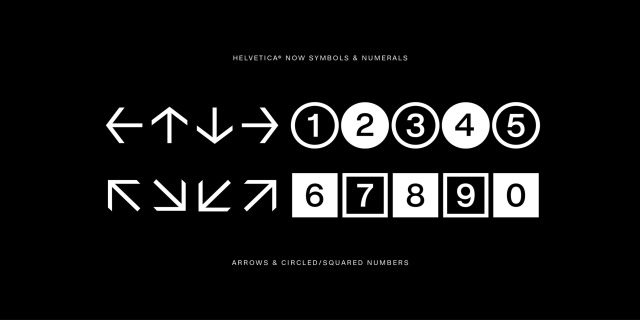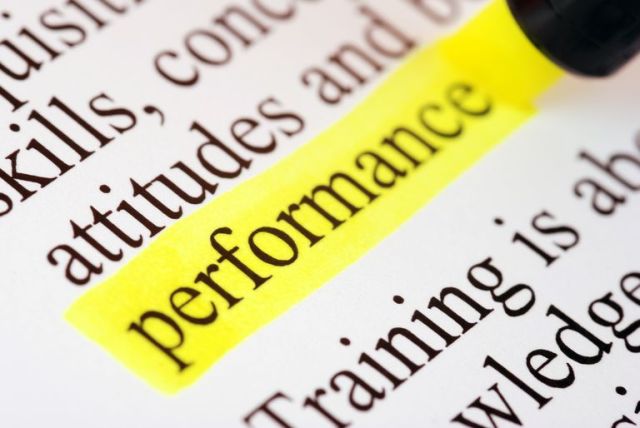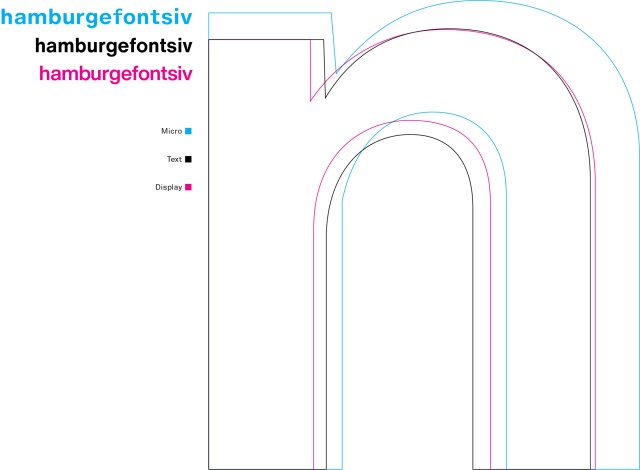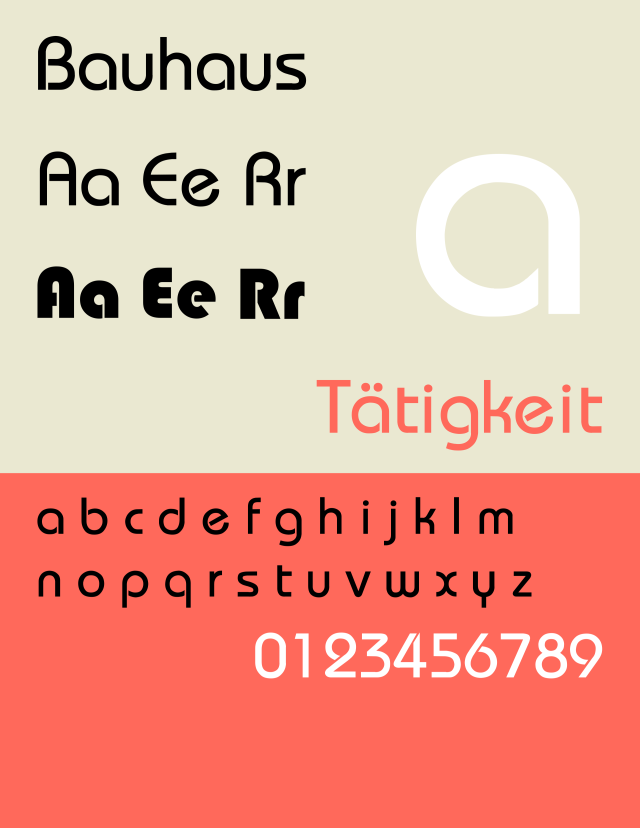A short exercise of Research Principles was given to students kick off thoughts on how to approach research into the Contextual Studies essay. We combed through two articles on the typeface Helvetica Now.
I was presented with two printouts of online articles; this one from The Guardian, and another from the website Dezeen.

The point of the articles being printed out was to highlight them much as one would a personal textbook, newspaper, or magazine, etc.
A good tip was to read through the source material twice; highlighting text only the second time though. There’s no need to rush if you plan your time.

I think it’s important for students to note, not to go bananas with highlighting information. If you end up highlighting almost the entirety of a paragraph, you’re only going to have to scout through it again to find the most relevant of information.
The most important of information to seek out in a reference material are:
- The source’s credibility
- The subject’s historical context
- Relevant technology
- Individual designers & agencies
- Visuals (photos, diagrams, illustrations)
Looking at the two sources handed out, students were asked, “How can you be sure of the validity of a source material?” There are a number of answers! Credibility is dependant on the writer (potential bias), the type of publication (eg. broadsheet vs. tabloid newspaper), the date published (as design is constantly changing), just to name a few.
These two sources would be considered trustworthy; one being a broadsheet-quality newspaper and the other a respected online magazine, specifically covering architecture, interiors and design. But you can also say these sources are both opinionated.

The Dezeen article was peppered with imagery that would be suited for use as visual support in a contextual study paper. Just as long as all imagery is rightly credited in the paper.
I think, while I already knew most of what was delivered, it’s doesn’t hurt to be reminded of basic principles of academic study, and I did take away some new knowledge.
I’m not sure of the topic I’m going to pursue yet. Students were handed a list of 8 questions that hit the target outcomes. The 8th question, regarding predictions of “the death of print media” was the only one that stood out to me as a topic I could get into. I can submit my own essay topic, and it will be be signed off by a lecturer if only it hits the criteria of the module’s target outcomes. The topic must involve a prediction of future design trends!


